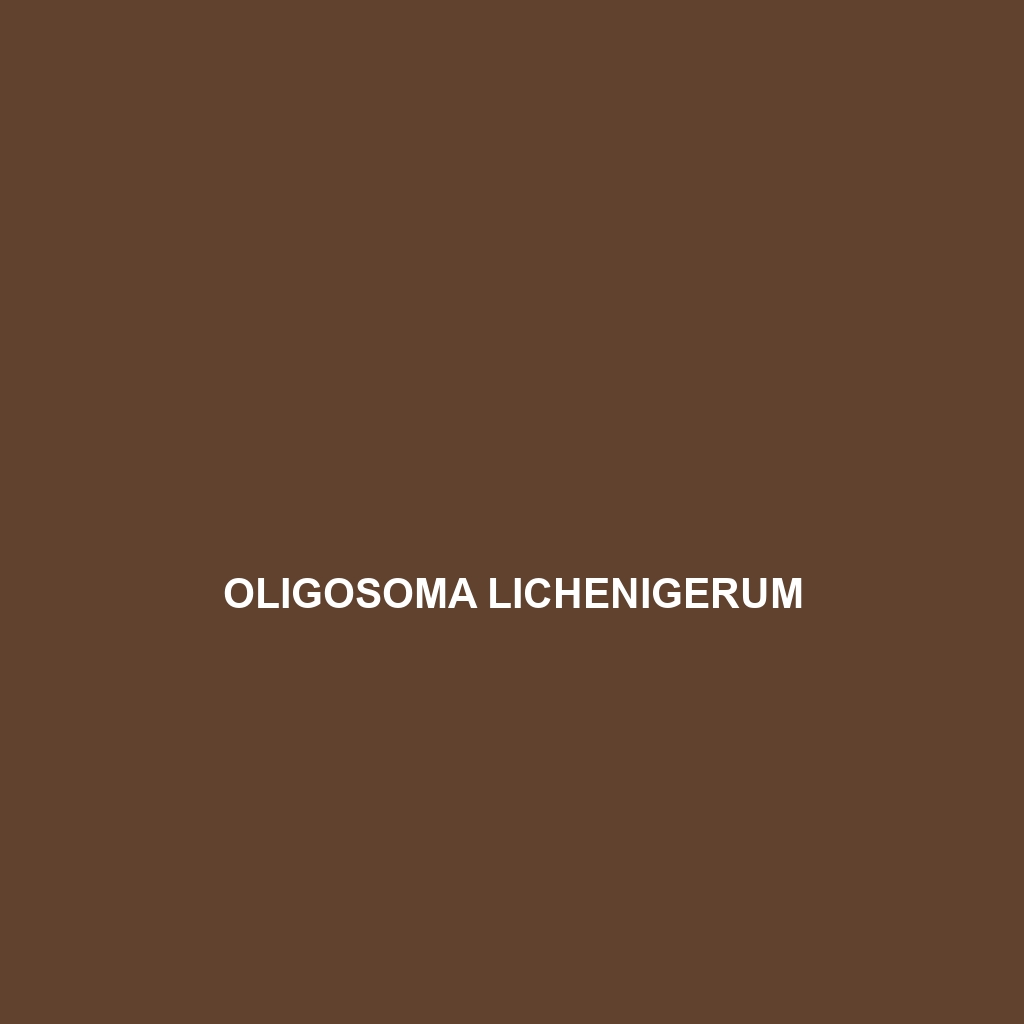Common Name
Oligosoma lichenigerum
Scientific Name
Oligosoma lichenigerum
Habitat
The Oligosoma lichenigerum, commonly known as the mottled skink, is primarily found in temperate forests across New Zealand and some other nearby islands. These charming reptiles thrive in diverse environments, often inhabiting humid rainforests and mossy areas rich in foliage where they can easily camouflage. The conditions of these habitats typically include moderate temperatures and abundant rainfall, creating a microclimate that supports various species of flora and fauna. The mottled skink is also occasionally spotted in coastal scrub and grasslands, demonstrating adaptability to various ecological niches. The presence of leaf litter and dense vegetation in these habitats not only provides shelter but also fosters a rich ecosystem.
Physical Characteristics
The Oligosoma lichenigerum is known for its distinct physical attributes. This species typically reaches a length of 10 to 15 centimeters (approximately 4 to 6 inches). The body is elongated with a smooth, shiny surface that exhibits stunning color variations ranging from brown to grey, often adorned with dark spots or stripes that serve as camouflage against predators. These skinks possess short limbs and a long tail, giving them a streamlined appearance ideal for navigating through their leafy habitats. Additionally, the Oligosoma lichenigerum has well-developed digits, which assist in climbing and digging, showcasing their adaptability to both arboreal and terrestrial environments.
Behavior
In terms of behavior, the Oligosoma lichenigerum exhibits interesting characteristics that highlight its adaptability and ecological niche. These skinks are primarily diurnal, meaning they are most active during the daytime, foraging for food and basking in the sun to regulate their body temperature. They display a variety of social interactions; however, they tend to be solitary creatures except during the mating season. Additionally, their ability to blend into their environment provides an effective defense against predators. During the breeding season, males engage in displays of courtship, which often include head-bobbing and other visual signals to attract females and establish territory.
Diet
The Oligosoma lichenigerum is predominantly an insectivore, primarily feeding on a diet of insects, worms, and other small invertebrates. They have been observed foraging on the forest floor, using their keen eyesight to spot potential prey among leaf litter and vegetation. Additionally, they may occasionally consume small fruits, making them opportunistic feeders that can adjust to available resources in their environment. Their hunting methods involve swift movements and quick reflexes, allowing them to capture fast-moving insects effectively.
Reproduction
The reproductive cycle of the Oligosoma lichenigerum is fascinating and exhibits typical behaviors of skinks. Mating usually occurs in spring when temperatures rise and food resources are more abundant. After a gestation period of around 6 to 8 weeks, females give birth to live young, a trait common in many skink species—this is referred to as viviparity. Litter sizes can vary, ranging from 2 to 10 offspring, depending on the female’s health and environmental conditions. The young skinks are born fully formed and independent, which allows them to begin foraging for food almost immediately, enhancing their chances of survival in a competitive environment.
Conservation Status
The conservation status of the Oligosoma lichenigerum is currently classified as least concern according to the IUCN Red List. However, habitat destruction due to deforestation and human encroachment remains a potential threat to their populations. Conservation efforts in New Zealand aimed at protecting natural habitats and promoting biodiversity play a crucial role in ensuring the survival of this species. Ongoing monitoring and research are essential to assess population trends and implement strategies to mitigate any emerging threats.
Interesting Facts
One interesting fact about the Oligosoma lichenigerum is its remarkable ability to regenerate its tail if lost due to predation or injury. This adaptation is not only a survival mechanism but also provides insights into the evolutionary advantages of certain reptilian traits. Furthermore, they have a unique behavior of basking on rocks or logs, utilizing solar energy for thermoregulation, which is essential for their daily activities. The mottled pattern on their skin not only serves as camouflage but also helps in reducing heat absorption from sunlight, showcasing their intricate adaptation to their environment.
Role in Ecosystem
The Oligosoma lichenigerum plays a significant role in its ecosystem, contributing to pest control as an insectivore and serving as prey for larger predators such as birds and mammals. As a part of the food chain, they help maintain the ecological balance within their habitat. Their activities, including predation on insects and small invertebrates, help regulate these populations, preventing overpopulation and promoting biodiversity. Additionally, their burrowing habits aerate the soil, facilitating better water absorption and encouraging plant growth, further enhancing their ecological significance.
